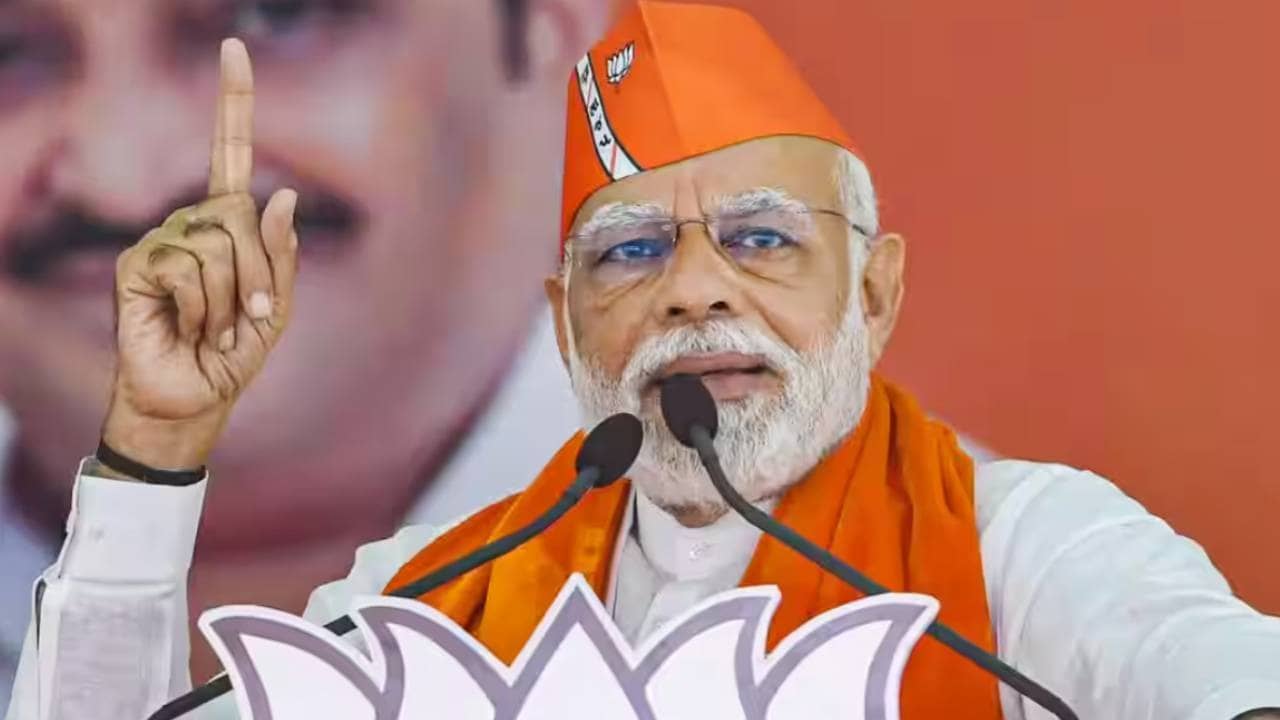PM Narendra Modi | Image:PTI/File
Modifying Modi. Sentiment is a fickle thing. A few months ago, business leaders talked up a thumping win for Narendra Modi in India’s national election. After five of seven rounds of polling which began on April 19, some uncertainty is creeping in about what will emerge when votes are counted on June 4. Stock market volatility is at a 23-month high and foreign investors are selling. There may not be too much to fear, though, if the prime minister’s ruling Bharatiya Janata Party returns to power with a reduced backing.
The BJP launched its campaign with a promise to better its 2019 tally of 303 seats in the 545-member lower house of parliament. Once polling started, reports of low voter turnout made the BJP‘s target of a rare 400-seat super-majority seem a stretch. Focus returned to whether voters would punish the government of the world’s fifth largest economy for stubbornly high inflation and its struggle to create sufficient high-quality jobs.
One of three political configurations will emerge. In the first, which the shadow betting market predicts and stocks are largely pricing in, the BJP scores a simple majority for a third successive term. In the other scenarios, coalition governments emerge led either by the BJP or the opposition Indian National Congress. Benchmark stock indices would likely fall if Modi is forced to ally, or correct sharply if he’s out altogether.
The nature of Modi’s return matters because investors associate his decade in power with stability and a strong hand; they fear rampant corruption and slow policy-making as trappings of coalition rule. These issues dogged a Congress-led administration between 2009 and 2014. Political alliances always demand policy compromises too.
While there is minimal risk of landmark financial reforms including a nationwide tax and bankruptcy code being reversed by any major party, new growth-fuelling initiatives on land, labour and crop procurement may fall off the agenda if the BJP loses its majority.
There are implications for the public purse too. Any seat count well below the halfway mark could force Modi to raise spending to address financial distress among constituents his allies represent, including farmers and rural households whose incomes are squeezed. In that scenario, investors would remain jittery at least until July when the new government outlines its budget. The government may need companies to chip in more on investment if it is to both maintain GDP growth, at 8.4% in the October to December quarter, and honour a pledge to trim borrowing.
A slightly diminished BJP may not be all bad, however. Greater participation of other parties in governance could have a unifying effect with states in southern and eastern India where Modi’s party is less popular. If the BJP‘s muscular and Hindu nationalist rhetoric reduces, those who worry about religious minorities and press freedom may be more willing to invest in the country for the long term. Modi is likely to return but if he does emerge weaker from the election, it won’t necessarily spell a weaker India.

